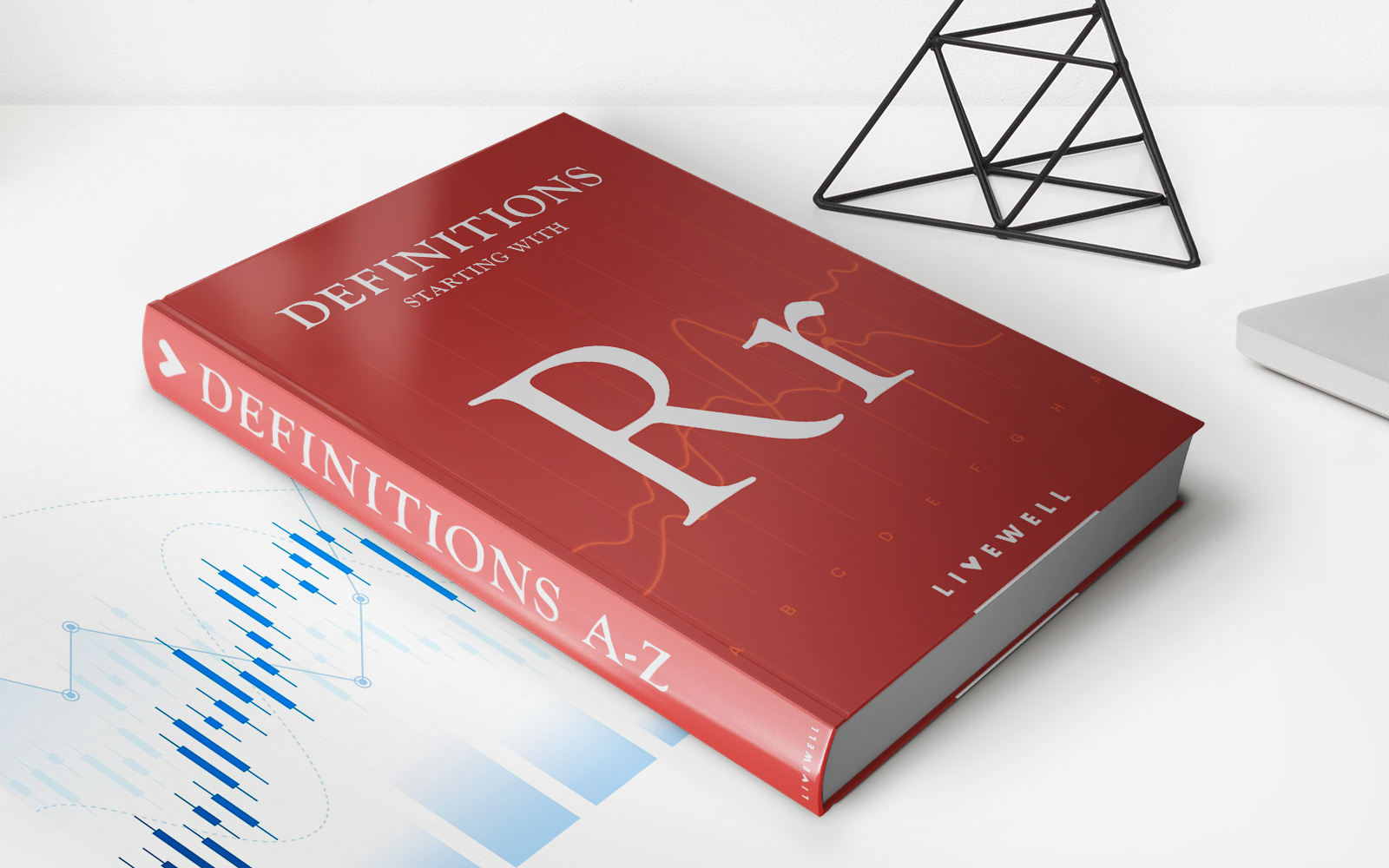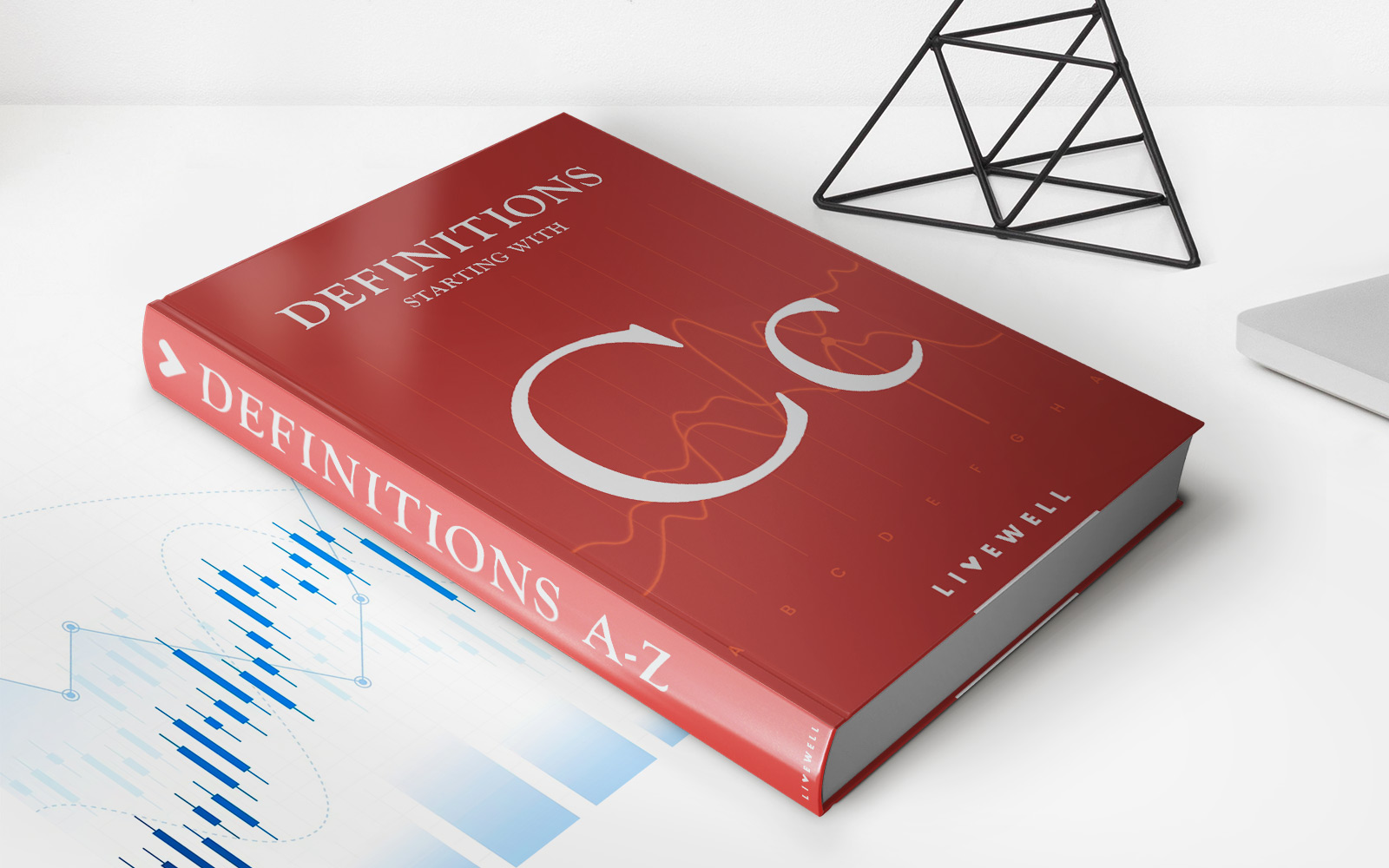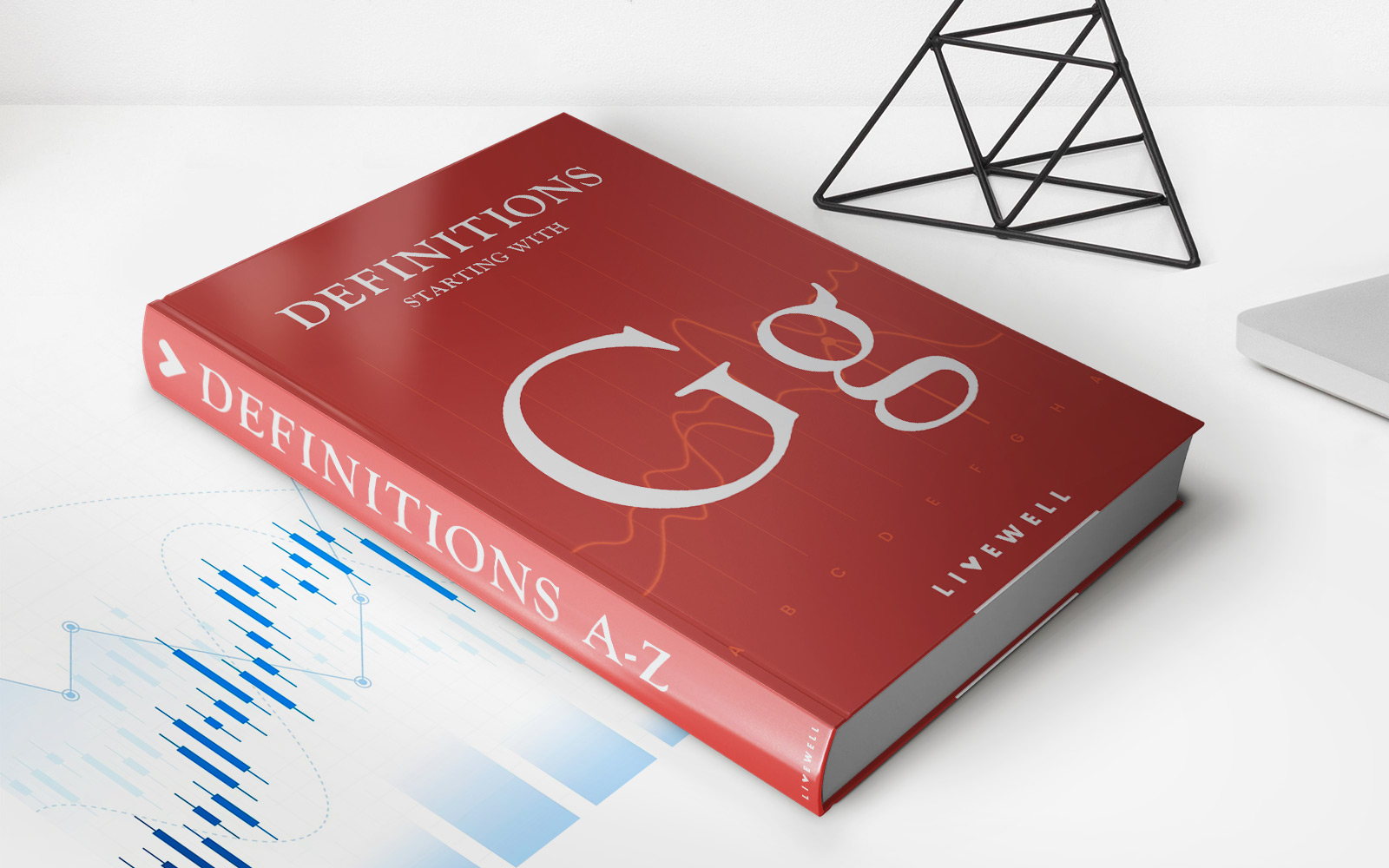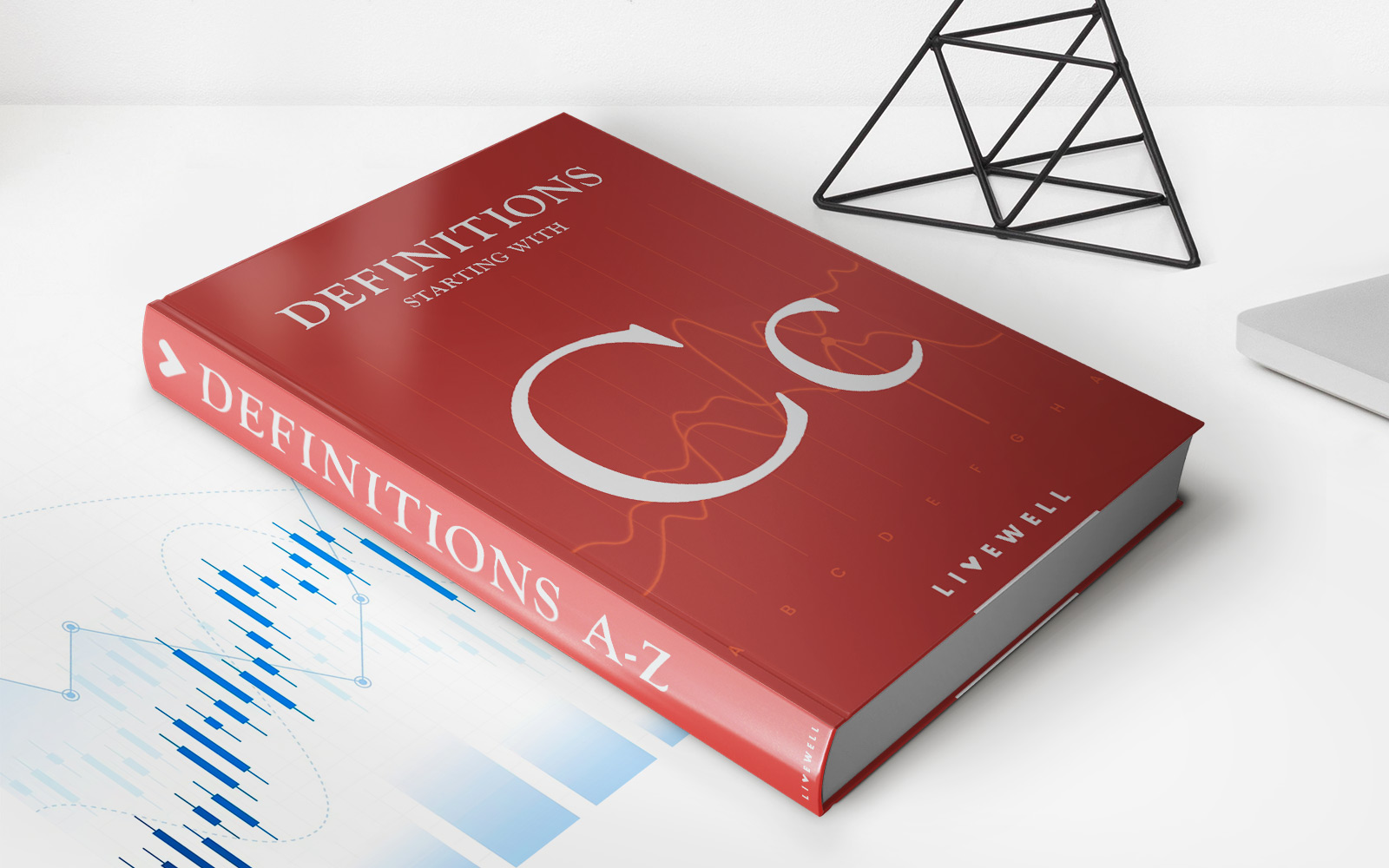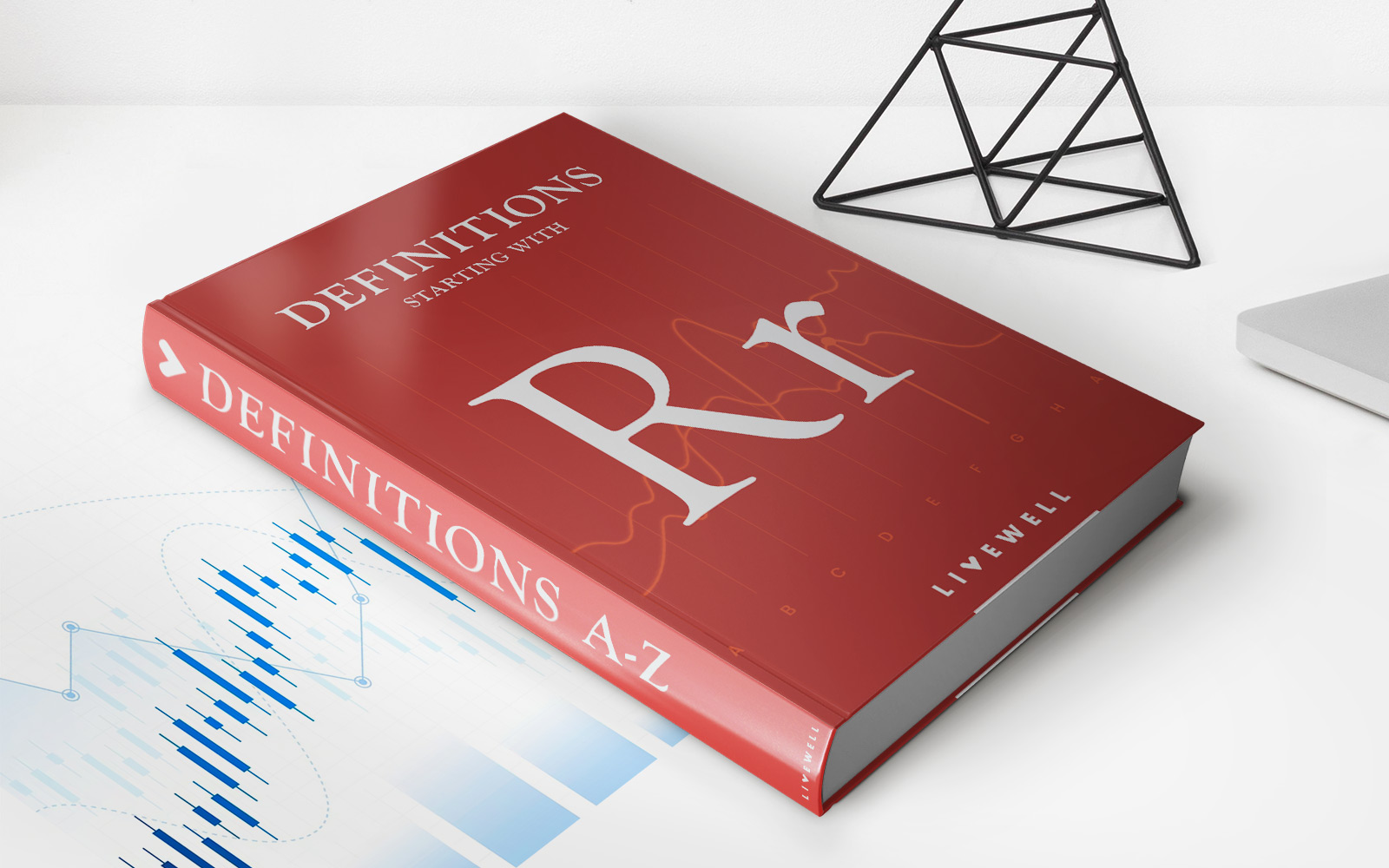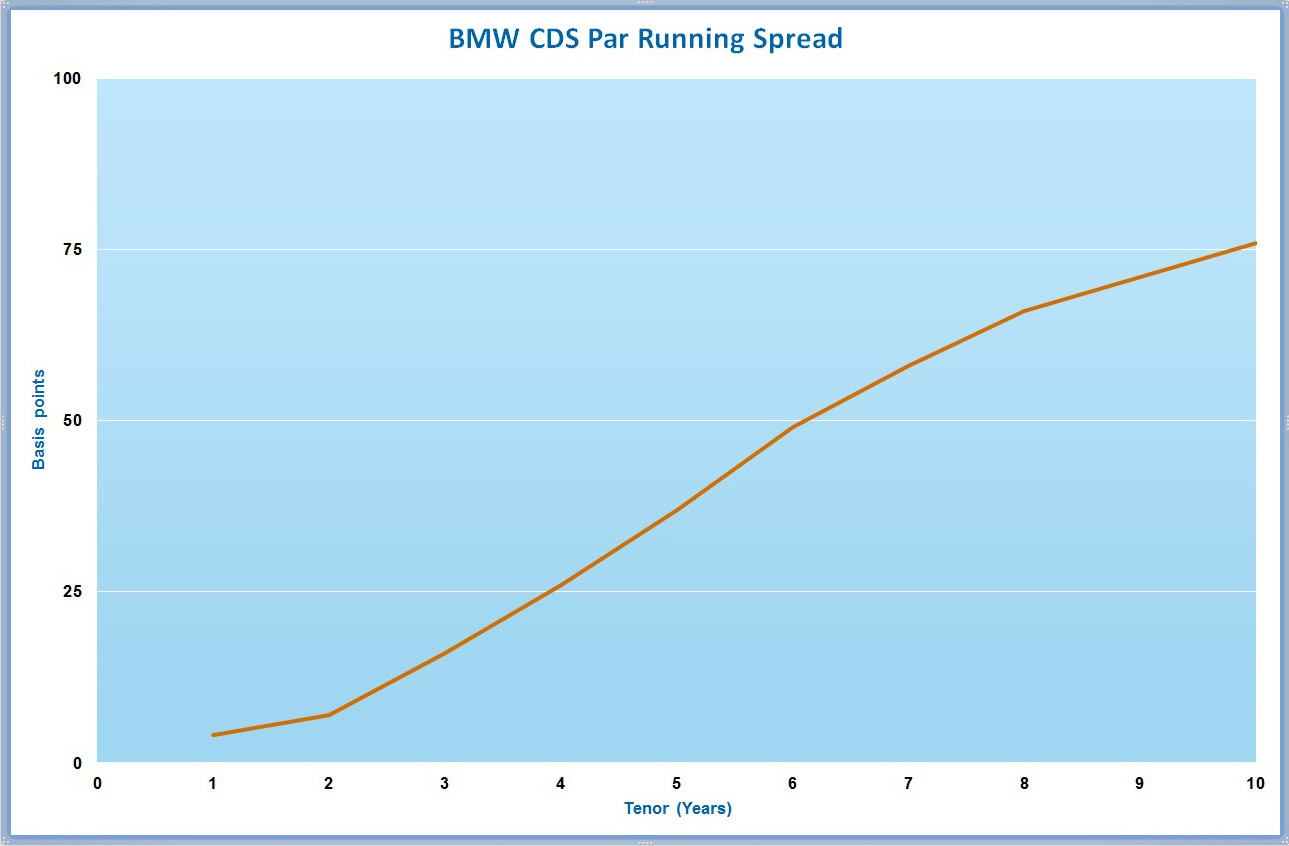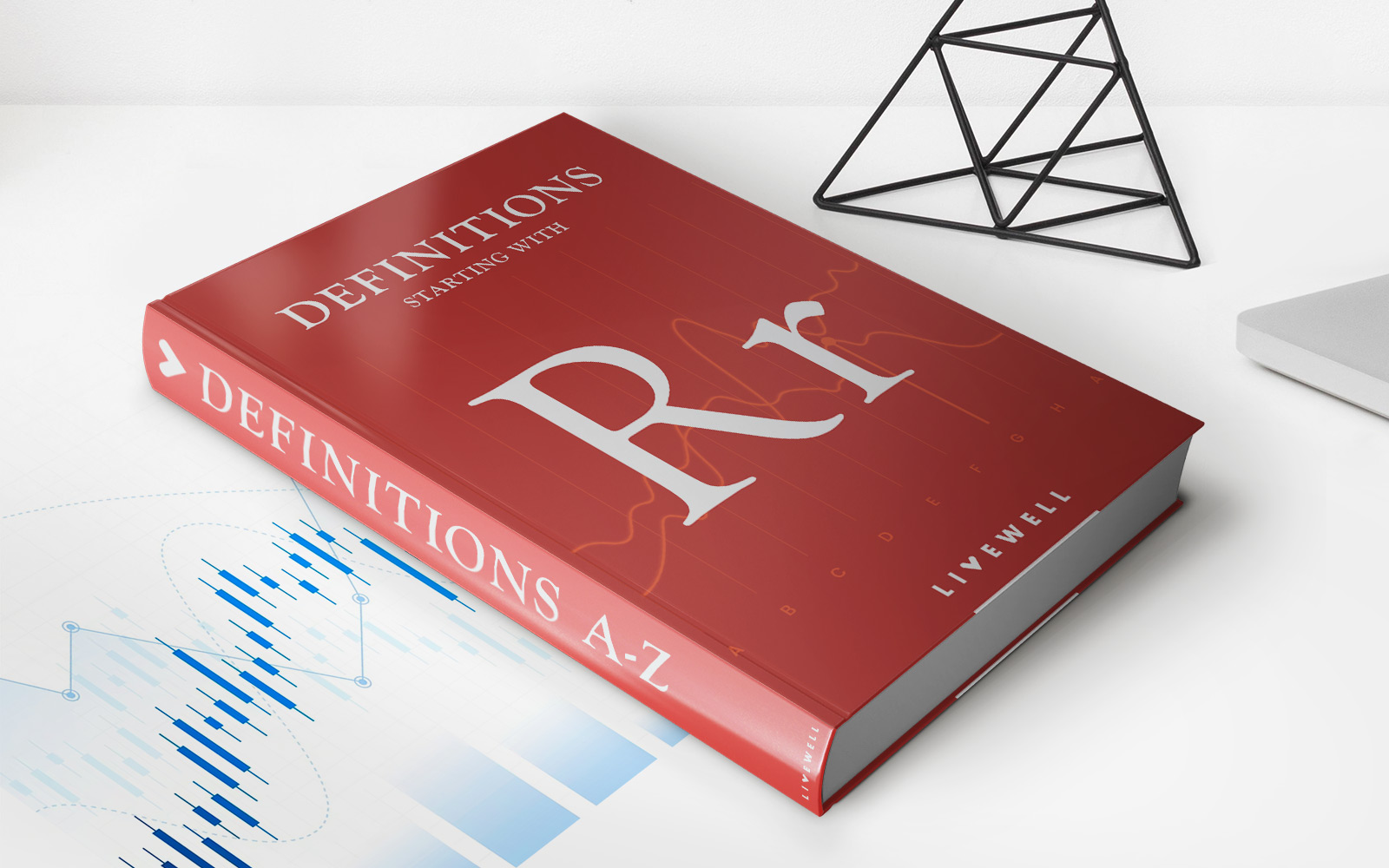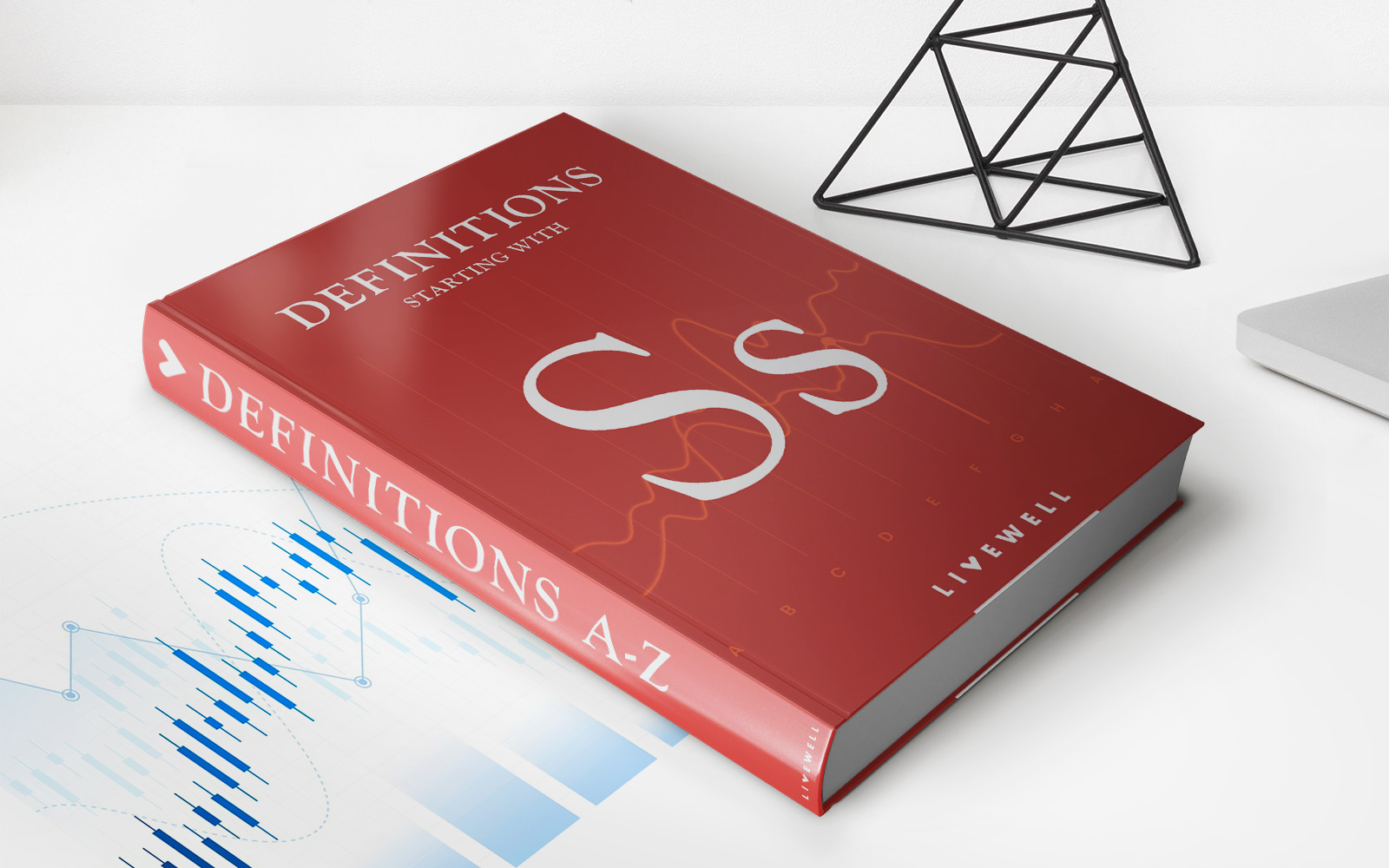Home>Finance>Wolfe Wave: Definition, Pattern Examples, Trading Strategies


Finance
Wolfe Wave: Definition, Pattern Examples, Trading Strategies
Published: February 19, 2024
Learn about Wolfe Wave trading patterns in finance and discover how to apply effective trading strategies to maximize your profits. Find pattern examples and definitions here.
(Many of the links in this article redirect to a specific reviewed product. Your purchase of these products through affiliate links helps to generate commission for LiveWell, at no extra cost. Learn more)
Unlocking the Power of Wolfe Wave: A Comprehensive Guide to Trading Strategies
Finance is one of the most dynamic and exciting fields to explore. Whether you’re an experienced investor or just starting your journey into the world of finance, understanding different trading strategies can make a significant difference in your success. In this blog post, we will delve into the fascinating concept of Wolfe Wave, an advanced trading pattern used by seasoned traders to identify potential reversal points in price movements. Join us as we demystify Wolfe Wave, explore real-life pattern examples, and learn effective trading strategies to help you take advantage of this powerful tool.
Key Takeaways:
- Wolfe Wave is a technical trading pattern that helps identify potential reversal points in price movements.
- Understanding the structure of Wolfe Wave pattern and using it in combination with other technical analysis tools can enhance your trading strategy.
What is Wolfe Wave?
Wolfe Wave is a powerful trading pattern that was discovered by legendary trader Bill Wolfe. It is based on the theory that markets move in predictable waves, and these waves can be used to forecast future price movements. Unlike other patterns, Wolfe Wave focuses on specific geometric shapes formed by price waves, allowing traders to anticipate potential reversals in the market.
The Wolfe Wave pattern consists of five consecutive waves – labeled 1, 2, 3, 4, and 5 – and can be bullish or bearish. To identify a Wolfe Wave pattern, the trader looks for specific rules related to wave length, symmetry, and channeling. These rules must be met for the pattern to be valid.
Pattern Examples:
Let’s explore some real-life examples of the Wolfe Wave pattern to gain a better understanding of how it works:
- Bullish Wolfe Wave: In this case, the pattern starts with wave 1 being the longest and strongest downward move, followed by wave 2 being the longest and strongest upward move. Wave 3 is a shorter downward move, which is normally contained within the channel of wave 1. Wave 4 is another upward move, creating an upward breakout from the channel. Finally, wave 5 completes the pattern with a downward move, usually equal to the length of wave 1. This signals a potential reversal to the upside, presenting a buying opportunity for traders.
- Bearish Wolfe Wave: Conversely, in a bearish Wolfe Wave, wave 1 represents the longest and strongest upward move, followed by wave 2 being the longest and strongest downward move. Wave 3 is a shorter upward move, contained within the channel of wave 1. Wave 4 represents a downward move, breaking below the channel. Lastly, wave 5 completes the pattern with an upward move, normally equal to the length of wave 1. This suggests a potential reversal to the downside, signaling a selling opportunity for traders.
Trading Strategies:
Now that we have a good understanding of the Wolfe Wave pattern, let’s explore some effective trading strategies to harness its power:
- Confirmation: Confirming the validity of the pattern is crucial before taking any trading action. Traders often use additional technical analysis tools like trend lines, Fibonacci retracements, or moving averages to validate the potential reversal identified by the Wolfe Wave pattern.
- Entry and Exit Points: Identifying optimal entry and exit points is essential for successful trading. For bullish Wolfe Waves, traders may look for an entry point near the completion of wave 5, supplemented by other technical indicators such as bullish candlestick patterns or volume surges. On the other hand, for bearish Wolfe Waves, an entry point can be considered near the completion of wave 5, with confirmation from bearish candlestick patterns or volume spikes. Exiting a trade can be determined using profit targets or trailing stop losses.
- Combining with Other Strategies: Integrating the Wolfe Wave pattern with other trading strategies can enhance its effectiveness. For instance, traders may combine it with indicators like the Relative Strength Index (RSI) or Moving Average Convergence Divergence (MACD) to confirm potential reversals and identify optimal entry and exit points.
Remember, successful trading requires practice and a deep understanding of the markets. It is essential to backtest and fine-tune any trading strategy, including the Wolfe Wave pattern, before implementing it with real money.
As we conclude our journey into the world of Wolfe Wave, we hope that this comprehensive guide has provided you with valuable insights into this powerful trading pattern. By mastering Wolfe Wave and incorporating it into your trading strategy, you can potentially enhance your ability to identify potential market reversals and make informed trading decisions. Happy trading!
